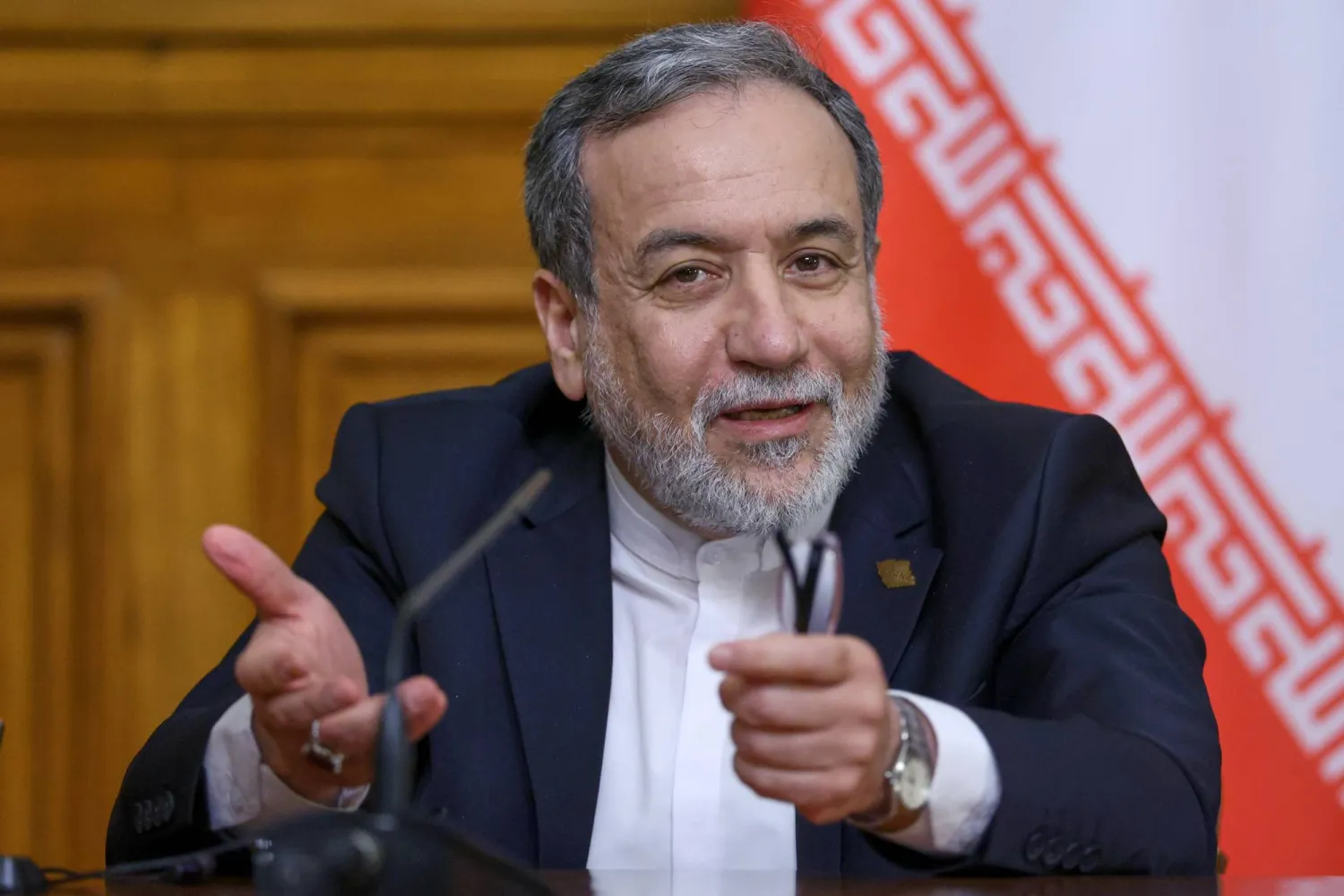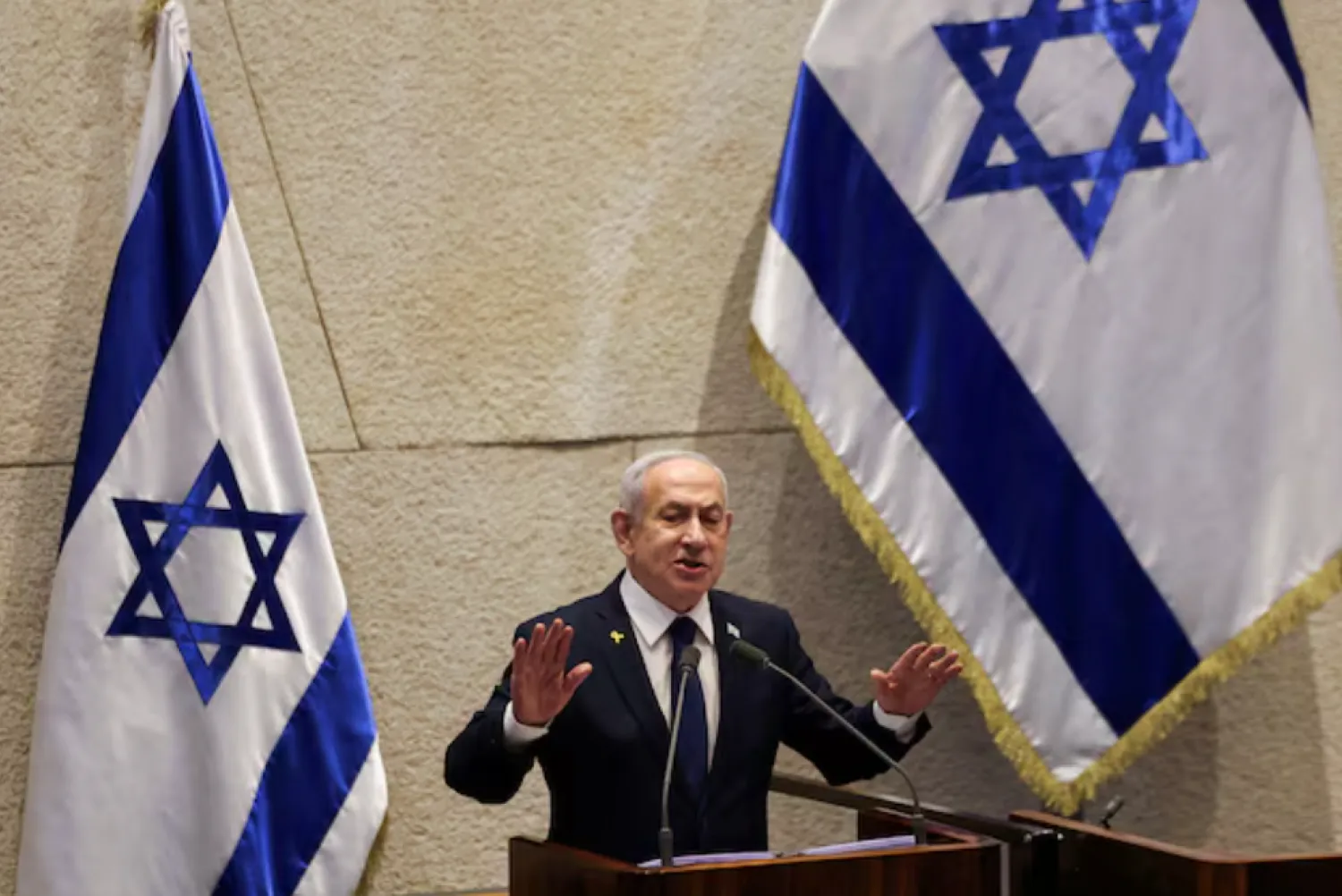Britain's Heathrow defended its decision to shut down operations at Europe's busiest airport last Friday as the blame game intensified over an 18-hour closure which cost airlines tens of millions of pounds and stranded thousands of passengers.
As questions mounted over how such a critical part of Britain's infrastructure could fail and whether all Heathrow's four terminals needed to shut, both National Grid and Heathrow agreed that the failure of the transformer was an unprecedented event.
But the airport was forced to defend its closure after the boss of National Grid told the Financial Times that the electricity transmission network remained capable of providing power to the airport throughout the crisis.
Heathrow said the fire at a nearby substation late on Thursday interrupted its operations, forcing it to shut while it reconfigured systems and switched to power from an alternative substation.
"Hundreds of critical systems across the airport were required to be safely powered down and then safely and systematically rebooted," a Heathrow spokesperson said.
"Given Heathrow's size and operational complexity, safely restarting operations after a disruption of this magnitude was a significant challenge."
John Pettigrew, the CEO of National Grid, said there were two other substations able to provide power to Heathrow, showing that the grid was resilient.
"Two substations were always available for the distribution network companies and Heathrow to take power," he told the FT.
While airlines such as British Airways, the worse affected, add up the bill for the closure, the government and Heathrow have both commissioned reviews into what happened.
"It's really important that we do learn the lessons from this, and that's why I think those two reviews...are going to be really critical," Transport Minister Heidi Alexander told Sky News on Monday.
Asked on LBC Radio about whether she had confidence in Heathrow's CEO Thomas Woldbye, Alexander said she wanted to see the results of the reviews.









